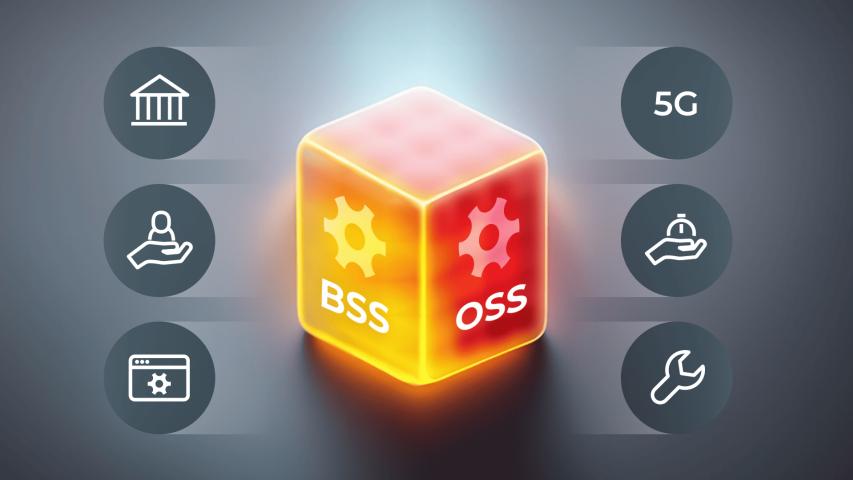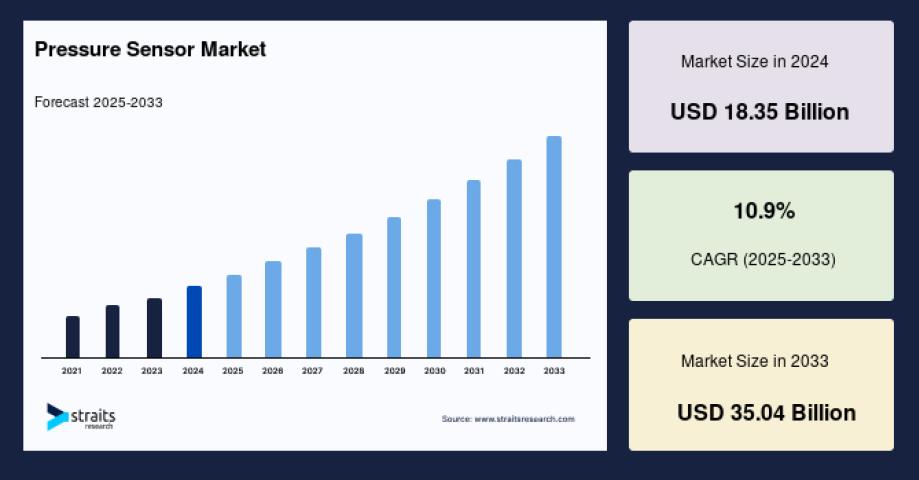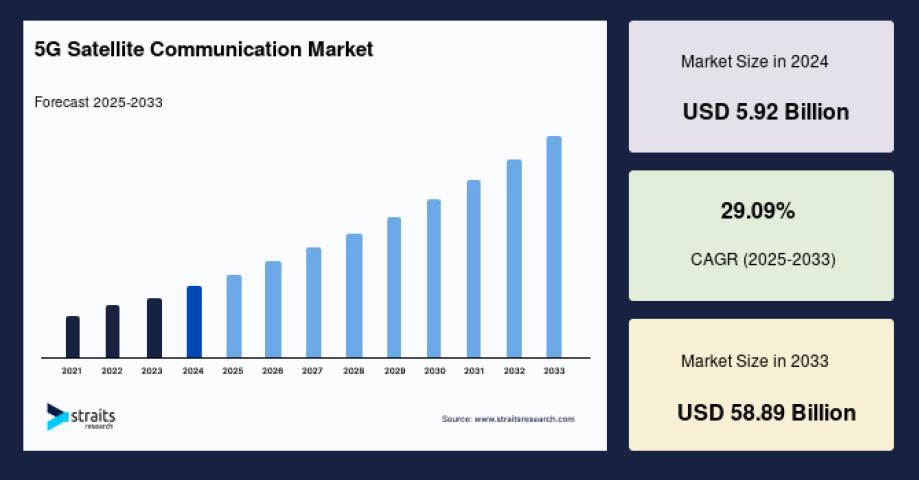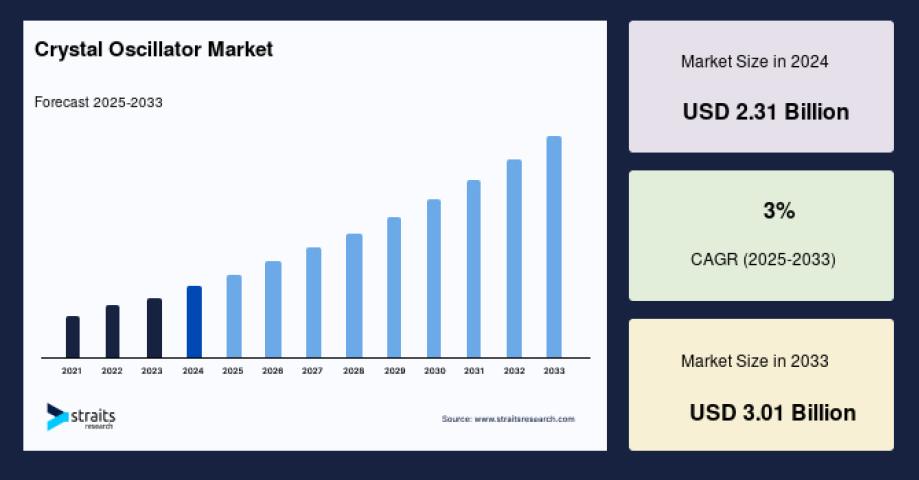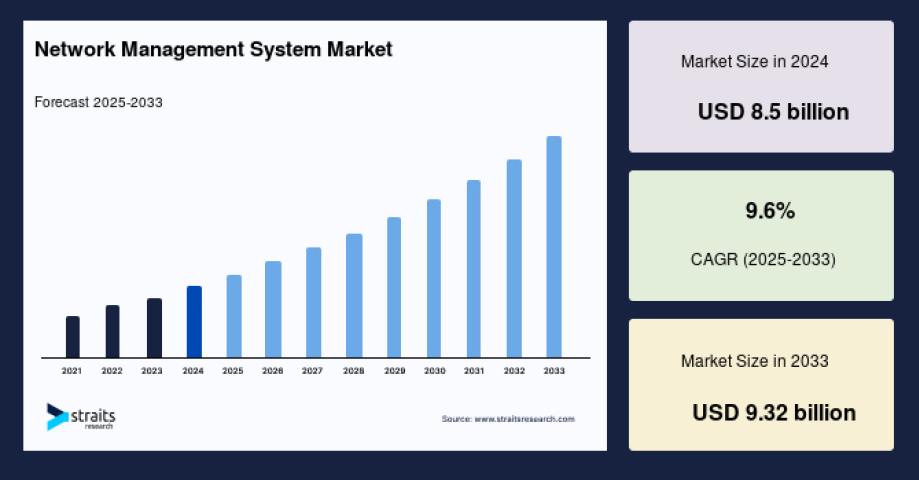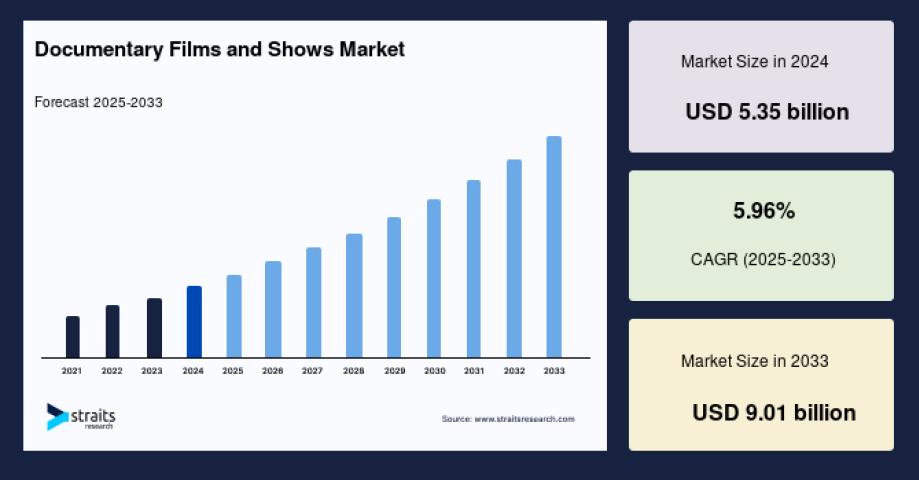The global Pet Monitoring Camera Market has witnessed significant growth in recent years, driven by increasing pet ownership, technological advancements, and rising concerns for pet safety and well-being. Pet monitoring cameras are designed to keep a watchful eye on pets, allowing owners to monitor their animals remotely using smartphones, tablets, or computers. These cameras often come equipped with advanced features such as two-way audio, treat dispensers, motion detection, and night vision, ensuring that pets are well cared for even when their owners are away.
As the demand for pet monitoring solutions rises, the market is expected to grow significantly, with manufacturers focusing on incorporating cutting-edge technologies such as artificial intelligence (AI) and smart home integration. According to Kings Research, the Pet Monitoring Camera Market is projected to continue its upward trajectory, with robust growth expected through 2030.
The global Pet Monitoring Camera Market size was valued at USD 51.9 million in 2022 and is projected to reach USD 93.5 million by 2030, growing at a CAGR of 7.63% from 2023 to 2030. In the scope of work, the report includes products offered by companies such as Furbo, Hangzhou Hikvision Digital Technology Co., Ltd., Shenzhen Skymee Technology Co. Ltd., SpotCam Co., Ltd., Vimtag Technology Co LTD., Wyze Labs, Inc., Xiaomi Inc., Zmodo, PetChatz, PETKIT and Others.
Key Market Trends
Several key trends are shaping the Pet Monitoring Camera Market, primarily driven by evolving consumer preferences and technological advancements. One of the most significant trends is the growing adoption of AI-powered pet cameras. These devices can learn and recognize pet behaviors, sending alerts to owners in case of abnormal activity. For instance, AI-based cameras can detect barking, meowing, or unusual movement patterns, ensuring that pet owners are informed of potential issues in real-time.
Another emerging trend is the integration of pet cameras with smart home ecosystems. Many pet monitoring cameras now sync with popular smart home assistants such as Amazon Alexa or Google Home, allowing pet owners to control and monitor their devices using voice commands. This integration enhances user convenience and offers a seamless experience for tech-savvy pet owners.
Additionally, the increasing awareness of pet anxiety and the growing demand for behavioral solutions are boosting the popularity of pet cameras that include interactive features, such as treat dispensers or laser pointers, allowing owners to engage with their pets even from a distance. This interactive component not only helps to alleviate separation anxiety in pets but also provides peace of mind to their owners.
Market Dynamics and Demand Drivers
The demand for pet monitoring cameras is being fueled by several key factors. The rise in pet ownership, particularly in developed economies, is one of the primary drivers of market growth. According to various industry studies, pet ownership has surged over the past decade, with more households opting to adopt dogs, cats, and other pets. This increase in pet ownership has led to a growing need for solutions that help pet owners care for their animals, particularly during long work hours or while traveling.
In addition to pet ownership, the growing awareness of pet safety and health is driving demand for pet monitoring cameras. With pet owners becoming more conscious of their pets’ well-being, there is a rising need for devices that allow them to monitor their pets’ behavior, activity levels, and overall health remotely. The ability to ensure that pets are safe and secure, even in their owners' absence, is a significant factor contributing to the rising demand for pet monitoring cameras.
Moreover, the COVID-19 pandemic played a role in accelerating the demand for pet care products and technologies. As people spent more time at home during lockdowns, pet ownership increased, and many new pet owners sought solutions to monitor and care for their animals when they returned to work. This trend is expected to continue as hybrid and remote working models persist, encouraging long-term demand for pet monitoring cameras.
Future Outlook and Growth Opportunities
The future of the Pet Monitoring Camera Market looks promising, with numerous opportunities for growth and innovation. As technology continues to evolve, pet monitoring cameras are expected to become more advanced, incorporating features such as AI-driven pet behavior analytics, biometric health monitoring, and seamless integration with other pet care devices.
In terms of market expansion, Asia-Pacific is expected to emerge as a key growth region, driven by increasing pet ownership in countries such as China, Japan, and South Korea. As disposable income rises in these regions, pet owners are likely to spend more on pet care products, including monitoring cameras. Additionally, the proliferation of e-commerce platforms in these regions is expected to boost sales, making pet monitoring cameras more accessible to a broader audience.
Another area of growth lies in the development of cameras designed specifically for niche markets, such as those tailored for senior pets, service animals, or pets with health conditions. Companies that can offer specialized solutions for these markets are likely to gain a competitive edge and capture untapped segments of the market.
Key Market Players
The global Pet Monitoring Camera Market is highly competitive, with several key players striving to gain a significant market share through product innovation, mergers, and strategic collaborations. Some of the leading companies in this market include:
Furbo: Known for its treat-dispensing cameras, Furbo has carved a niche for itself in the pet camera market by offering devices equipped with advanced AI features and two-way communication.
Petcube: A prominent player in the market, Petcube offers a range of pet cameras with high-definition video, two-way audio, and smart home integration capabilities.
Wyze: A budget-friendly option, Wyze has gained popularity with pet owners by offering affordable pet cameras with premium features such as motion detection, night vision, and real-time notifications.
Arlo Technologies, Inc.: Known for its security cameras, Arlo has also ventured into the pet monitoring segment with cameras that offer pet-specific features such as animal motion detection and AI-based analytics.
Skymee: Skymee offers interactive pet cameras that come equipped with treat dispensers and remote viewing options, allowing pet owners to monitor and interact with their pets even while they are away.
These players continue to innovate by introducing new products with enhanced features, ensuring that they stay competitive in a rapidly evolving market.
Market Segmentation
The Pet Monitoring Camera Market can be segmented based on several factors, including product type, distribution channel, and end-user.
Product Type: Pet monitoring cameras are available in various types, including fixed cameras, pan and tilt cameras, and treat-dispensing cameras. Among these, treat-dispensing cameras are particularly popular, as they allow pet owners to reward their pets remotely.
Distribution Channel: The market is divided into online and offline channels. Online channels, including e-commerce platforms such as Amazon, have become the dominant distribution method due to their convenience, wide product availability, and the increasing shift toward online shopping among consumers.
End-User: The market serves various end-users, including individual pet owners, pet care service providers, and animal shelters. While individual pet owners make up the bulk of the demand, there is growing interest from commercial entities that use pet monitoring cameras to enhance pet care services.
Recent Developments in the Market
The Pet Monitoring Camera Market has seen several recent developments that are shaping the industry’s future. Notably, there has been an increase in partnerships between pet care companies and tech firms to develop smarter, more integrated pet monitoring solutions. For example, companies are now incorporating voice assistants such as Amazon Alexa and Google Home into their pet cameras, making it easier for users to control their devices.
In addition, recent advancements in AI and machine learning have enabled the development of cameras that can learn from pet behavior and send real-time alerts to owners about potential health concerns. For example, AI-powered pet cameras can detect signs of anxiety, excessive barking, or abnormal movement, providing valuable insights to pet owners.
Regional Analysis
Regionally, the Pet Monitoring Camera Market is segmented into North America, Europe, Asia-Pacific, Latin America, and the Middle East and Africa.
North America is currently the largest market for pet monitoring cameras, driven by high pet ownership rates, advanced technological infrastructure, and significant disposable income. The United States and Canada are key contributors to the region's market dominance.
Europe is another major market, with countries such as the UK, Germany, and France seeing increasing demand for pet monitoring solutions. European consumers are highly conscious of pet welfare, and the growing trend of treating pets as family members is fueling the market.
Asia-Pacific is expected to witness the fastest growth in the coming years. The region's increasing pet ownership, coupled with rising disposable income, particularly in China and Japan, presents substantial growth opportunities for market players.
Latin America and the Middle East and Africa are also emerging markets, with growing urbanization and changing life>
Get Full Report Details- https://www.kingsresearch.com/pet-monitoring-camera-market-264
Conclusion
The global Pet Monitoring Camera Market is poised for significant growth, driven by rising pet ownership, technological advancements, and increasing consumer awareness of pet safety. Key trends such as AI integration, smart home connectivity, and interactive features are expected to shape the future of the market. With major players continuously innovating and expanding their product offerings, the market is well-positioned for sustained growth in the years ahead. The future looks promising for both consumers seeking better ways to care for their pets and companies aiming to capture new opportunities in this dynamic market.







